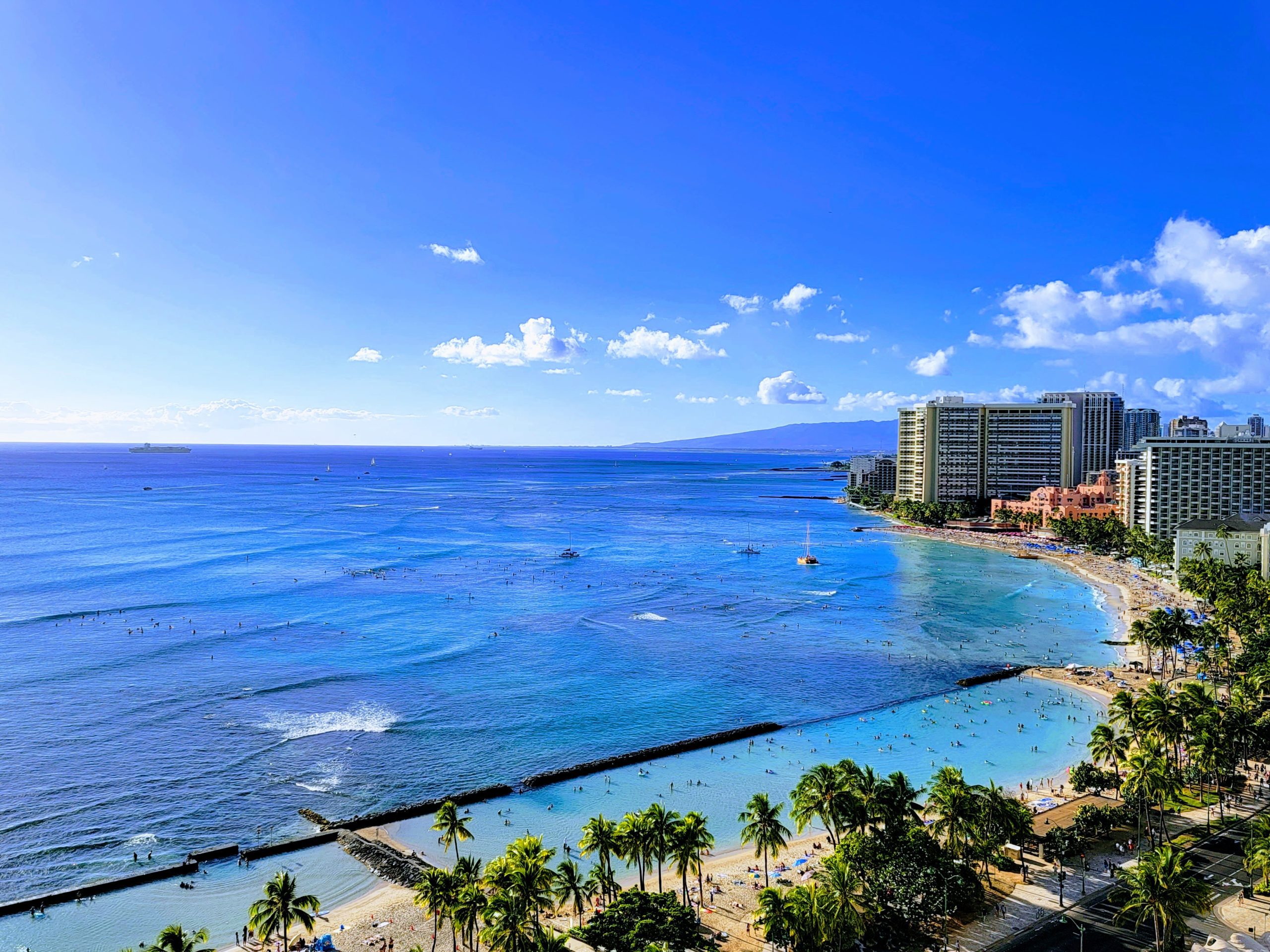The Secret Negotiations: How Alaska Airlines Clinched the Hawaiian Airlines Deal
by Gary Leff
Brian Sumers provides a detailed account of the Alaska Airlines deal to acquire Hawaiian Airlines in his premium newsletter. Alaska Airlines initially offered to purchase Hawaiian Airlines on August 9th for $20 per share. However, the Hawaiian board requested a higher price, even though the Alaska offer was already double the trading value of the airline’s shares.
As Alaska Airlines delved deeper into the specifics of the potential acquisition, they discovered:
- The airline’s capital spending requirements were higher than expected.
- The projected financial performance of Hawaiian Airlines was worse than anticipated.
These findings were based on the airline’s internal plans, without even considering the impact of the devastating Maui fires or A321neo engine issues. Additionally, the airline’s debt, backed by its frequent flyer program, was trading at a 22% discount to par value. This raised concerns about the airline’s ability to repay its debts and the possibility of bankruptcy.
Consequently, Alaska Airlines decided to lower its offer to $17. The two airlines engaged in negotiations, with Hawaiian Airlines asking for $18.50 and Alaska Airlines countering with $17.50. Eventually, they reached an agreement at $18.
Hawaiian Airlines did not actively seek other offers due to:
- The strong opposition to airline mergers from the Biden administration, making it unlikely for any other potential buyer to overcome antitrust hurdles.
- The lack of favorable private equity deals, although they remained open to such opportunities.
- The airline’s stock price being below $5, making it difficult for other potential buyers to offer a higher price.
These factors indicate that the Alaska Airlines acquisition of Hawaiian Airlines is a favorable deal for Hawaiian Airlines shareholders. However, it may not be as beneficial for Alaska Airlines shareholders. The question arises: what exactly is Alaska Airlines gaining?
- A Honolulu hub that faces intense competition. Mainland-Hawaii flights are highly competitive, with United currently holding the largest market share, along with significant presence from American, Delta, and Southwest.
- Intra-Hawaii flights that are not profitable. Southwest Airlines operates with excess capacity and low load factors in these markets. In the past, there hasn’t been enough demand to sustain heavy competition between the islands (at one point, the federal government granted anti-trust immunity to Hawaiian Airlines and Aloha Airlines for operating jointly between the islands).
- Debt and integration costs. Mergers are often distracting, expensive, and rarely deliver the promised synergies.
- An incompatible fleet and weak market positions in the Asia Pacific region. However, Alaska Airlines can gain valuable knowledge about operating flights to Asia.
Hawaiian Airlines customers may experience reduced capacity between the islands, but this is a reasonable outcome. The value of their miles will likely increase, and the inclusion of Hawaiian Airlines in the oneworld alliance is a significant benefit for members of other mileage programs.
The main concern here is not necessarily related to monopoly or anti-trust issues, but rather the fact that Alaska Airlines is potentially overpaying for an asset that could divert their attention from other operational and growth opportunities.
More From View from the Wing










